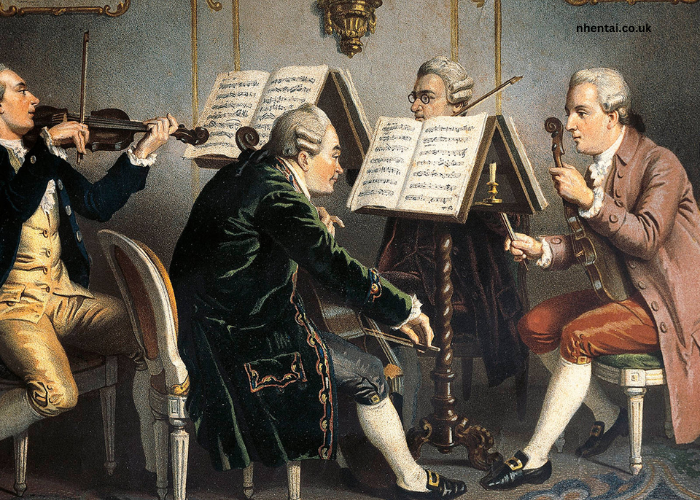Voix du Tierce
In the realm of auditory wonders, there exists a phenomenon that has left many in awe – the Voix du Tierce. This melodic marvel, deeply rooted in history and culture, has woven itself into the tapestry of sound and music in ways that are both profound and mysterious. In this exploration, we embark on a journey to unearth the secrets and stories behind the Voix du Tierce.
The Origins of a Mystical Sound
Voix du Tierce, a French term that translates to Voice of the Third, holds a sacred place in the world of music. It finds its origins deeply entrenched in Gregorian chant, a form of plainchant developed in the medieval Christian monasteries.
To understand Voix du Tierce, one must first comprehend the concept of intervals in music. The third refers to a musical interval, and in Gregorian chant, the Tierce (third) represents a specific melodic leap or interval, known for its celestial, harmonious quality. Monks in monasteries of old chanted these intervals, giving rise to the term Voix du Tierce.
The Mysterious Influence
As centuries passed, Voix du Tierce transcended the confines of monastic life, finding its way into various forms of music. The mysterious allure of this interval was apparent, and musicians across different cultures began to harness its power.
In Western classical music, the Voix du Tierce played a vital role in the development of harmony. Composers like Johann Sebastian Bach frequently employed this interval to evoke deep emotions in their compositions. Its ethereal quality could transform music into an otherworldly experience.
The Cultural Significance
Voix du Tierce is not confined to classical music alone. It has weaved its way through various cultures, each giving it a unique interpretation and significance.
In Indian classical music, the concept of the third is deeply ingrained in the Raaga system. This system, which dates back over two thousand years, employs various intervals and melodic phrases, each with its unique emotional impact. The concept of the Tierce, or third, is vital in creating the mood and aesthetics of different Raagas.
African music, too, has a rich history of using intervals and thirds in their compositions. The Tierce plays a pivotal role in creating the distinct rhythms and harmonies that make African music so captivating.
Voix du Tierce in Modern Music
In the modern world, where music is constantly evolving, the influence of Voix du Tierce continues to be felt. Contemporary artists, producers, and composers recognize the power of this interval to convey emotion and depth in their creations.
In the world of popular music, many hit songs utilize the Voix du Tierce without the listeners even realizing it. The subtle, almost mystical quality it adds to melodies is often the reason a song becomes an instant earworm.
The Science Behind the Sound
The enigmatic charm of Voix du Tierce isn’t limited to its cultural and historical significance. There is a scientific basis for its appeal. The brain responds to certain musical intervals in unique ways, and the Tierce has been found to evoke feelings of tranquility and even euphoria in some listeners.
This is due to the mathematical precision of the interval. The ratio of frequencies that make up a third is aesthetically pleasing to the human ear. When we hear this interval, it resonates with something deep within us, triggering emotional responses that are hard to put into words.
A Gateway to Transcendence
In many ways, Voix du Tierce can be seen as a gateway to transcendence through sound. Its rich history, cultural significance, and profound impact on the human psyche make it more than just a musical interval. It is a symbol of the power of music to connect with our emotions, our history, and our very souls.
So, the next time you find yourself lost in the beauty of a melody, pay close attention to the intervals, especially the Voix du Tierce. It may just be the key to unlocking a world of musical enchantment and emotional depth that has been celebrated for centuries.
Conclusion
The mystical Voix du Tierce is not merely a musical concept but a testament to the universal language of music. Its origins in Gregorian chant, its diverse cultural interpretations, and its scientifically proven impact on the human psyche all contribute to the enduring fascination surrounding this enigmatic sound. As music continues to evolve and inspire, the Voix du Tierce remains a timeless and unifying force, reminding us that the essence of music lies not just in what we hear, but in what we feel and experience.














Post Comment